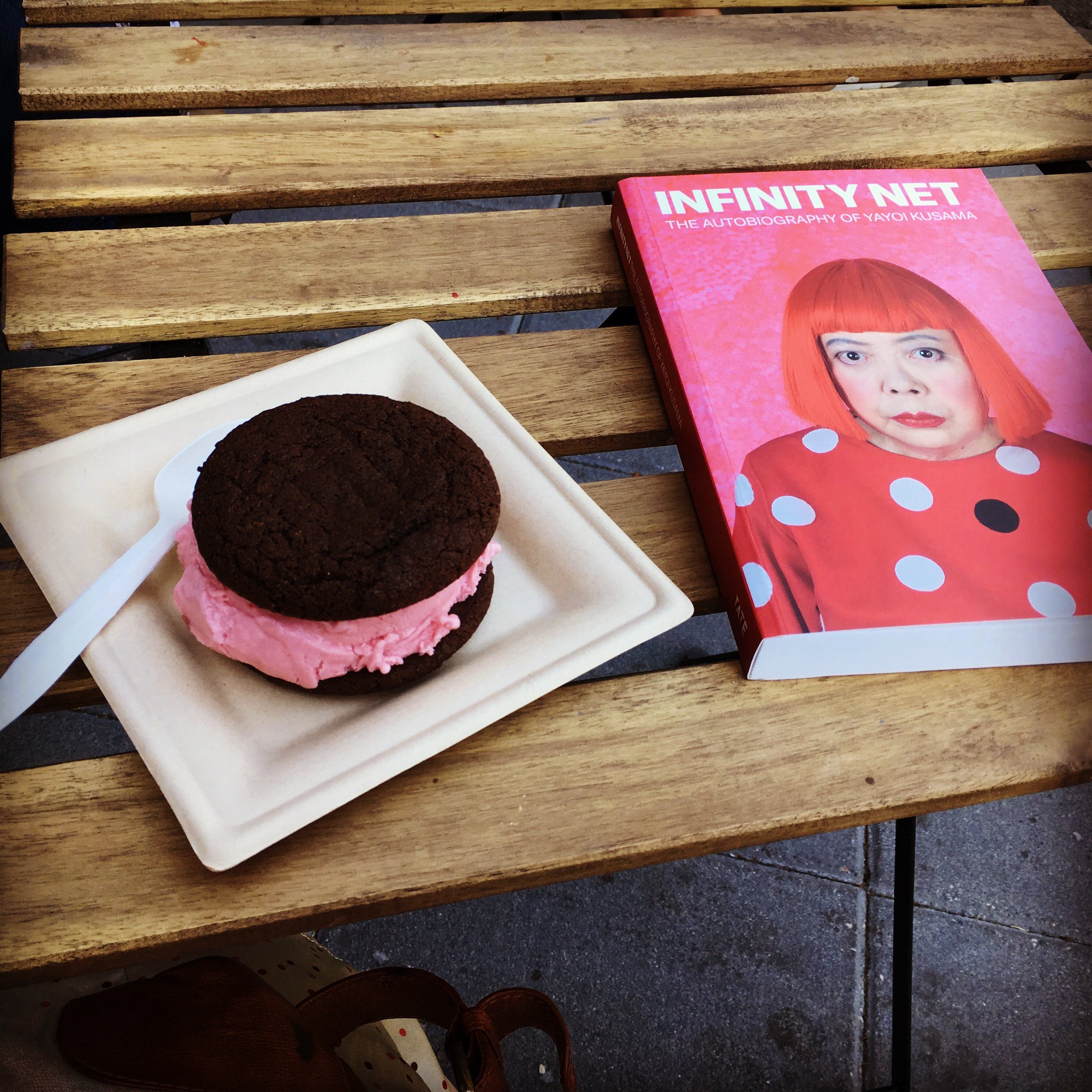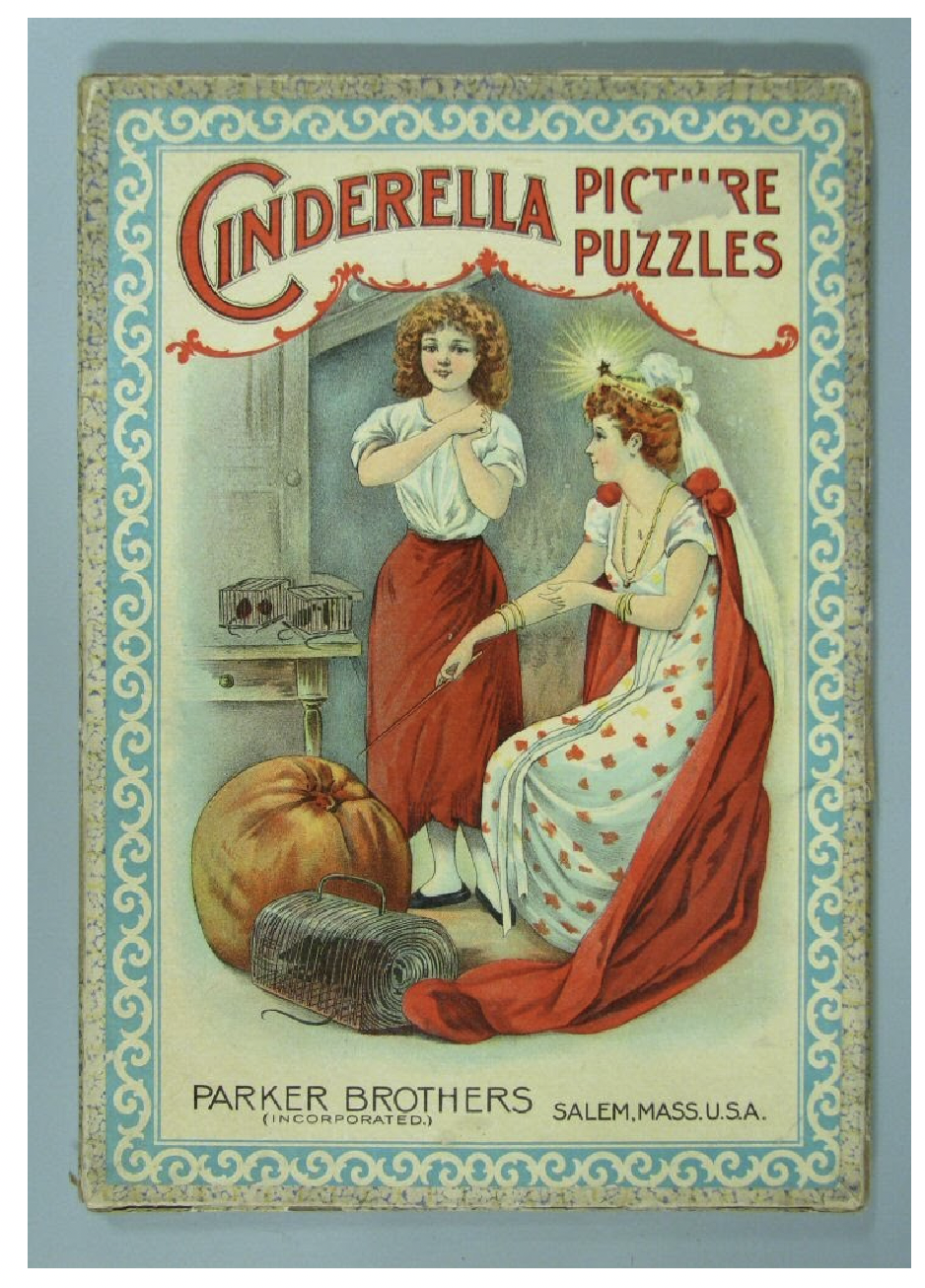 Last summer, I had the good fortune of catching Yayoi Kusama: Infinity Mirrors at the Seattle Art Museum. I'd had a taste of her work at the Museum Boijmans van Beuningen in Rotterdam, which owns a Mirror Room in its permanent collection, so I was ready to soak up more polka dots and tubers. One thing I learned at the SAM was Kusama's obsession with pumpkins. (See Infinity Mirrored Room–All the Eternal Love I Have for the Pumpkins, 2016.) Pumpkins are a fairy tale-ish interest of mine (an essay for another time), and when I saw her autobiography Infinity Net (trans. Ralph McCarthy) in the museum shop, I needed to have it.Well, I was disappointed that Kusama has little to say about that purported obsession, beyond this: "I was enchanted by their charming and winsome form. What appealed to me most was the pumpkin's generous unpretentiousness. That and its solid spiritual balance." Painting that gourd, and onions, was a form of practice. I'll just have to think on what she means by "solid spiritual balance."Pumpkin-disappointment aside, Infinity Net is a fascinating portrait of an artist's ambition and drive. Escaping her hometown of Matsumoto City, where it was respectable to be a patron of the arts but not be an artist, she landed in New York City after a brief sojourn in Seattle. She received early encouragement from Georgia O'Keefe, who worried she'd starve in New York City and invited her to New Mexico. But Kusama declined; NYC was where stars were made. So she would suffer, working despite conditions such as this: "New York is almost as far north as Sakhalin island, and I froze to the bone and developed a pain in my abdomen."Between her singular focus on repetition (to counter hallucinations, to obliterate herself, to lose herself in infinity), an incredible work ethic, and caring friends like O'Keefe and Donald Judd, she soon gained notice. She also developed a relationship with the reclusive Joseph Cornell; he was the only woman he'd had a relationship with, and would keep her on the phone for hours. His neediness eventually led to some shocking meanness. While recovering from prostrate surgery, he asked if she'd come visit. She said, "When Dali wants to see me...he sends his Rolls Royce for me. Shouldn't you show more respect for the love of your life?" Yowzah. So he sent a woman in a Mercedes, and she describes their last encounter in graphic, unflattering terms. Still, she calls him her greatest artist friend, and I'm not sure if it is to make up for her admitted cruelty or because she genuinely feels that way, and/or whether she feels that way because he wrote her many poems and worshiped her, and she seems pretty set on lasting fame and stardom.Kusama returned to Japan in the 1970s and has been voluntarily living in a mental institution there since 1977. The final chapter, on her drive to make lasting art as she comes nearer to death is particularly moving: "And no matter how I may suffer for my art, I will have no regrets. This is the way I have lived my life, and it is the way I shall go on living."
Last summer, I had the good fortune of catching Yayoi Kusama: Infinity Mirrors at the Seattle Art Museum. I'd had a taste of her work at the Museum Boijmans van Beuningen in Rotterdam, which owns a Mirror Room in its permanent collection, so I was ready to soak up more polka dots and tubers. One thing I learned at the SAM was Kusama's obsession with pumpkins. (See Infinity Mirrored Room–All the Eternal Love I Have for the Pumpkins, 2016.) Pumpkins are a fairy tale-ish interest of mine (an essay for another time), and when I saw her autobiography Infinity Net (trans. Ralph McCarthy) in the museum shop, I needed to have it.Well, I was disappointed that Kusama has little to say about that purported obsession, beyond this: "I was enchanted by their charming and winsome form. What appealed to me most was the pumpkin's generous unpretentiousness. That and its solid spiritual balance." Painting that gourd, and onions, was a form of practice. I'll just have to think on what she means by "solid spiritual balance."Pumpkin-disappointment aside, Infinity Net is a fascinating portrait of an artist's ambition and drive. Escaping her hometown of Matsumoto City, where it was respectable to be a patron of the arts but not be an artist, she landed in New York City after a brief sojourn in Seattle. She received early encouragement from Georgia O'Keefe, who worried she'd starve in New York City and invited her to New Mexico. But Kusama declined; NYC was where stars were made. So she would suffer, working despite conditions such as this: "New York is almost as far north as Sakhalin island, and I froze to the bone and developed a pain in my abdomen."Between her singular focus on repetition (to counter hallucinations, to obliterate herself, to lose herself in infinity), an incredible work ethic, and caring friends like O'Keefe and Donald Judd, she soon gained notice. She also developed a relationship with the reclusive Joseph Cornell; he was the only woman he'd had a relationship with, and would keep her on the phone for hours. His neediness eventually led to some shocking meanness. While recovering from prostrate surgery, he asked if she'd come visit. She said, "When Dali wants to see me...he sends his Rolls Royce for me. Shouldn't you show more respect for the love of your life?" Yowzah. So he sent a woman in a Mercedes, and she describes their last encounter in graphic, unflattering terms. Still, she calls him her greatest artist friend, and I'm not sure if it is to make up for her admitted cruelty or because she genuinely feels that way, and/or whether she feels that way because he wrote her many poems and worshiped her, and she seems pretty set on lasting fame and stardom.Kusama returned to Japan in the 1970s and has been voluntarily living in a mental institution there since 1977. The final chapter, on her drive to make lasting art as she comes nearer to death is particularly moving: "And no matter how I may suffer for my art, I will have no regrets. This is the way I have lived my life, and it is the way I shall go on living."


 Last summer, I had the good fortune of catching
Last summer, I had the good fortune of catching